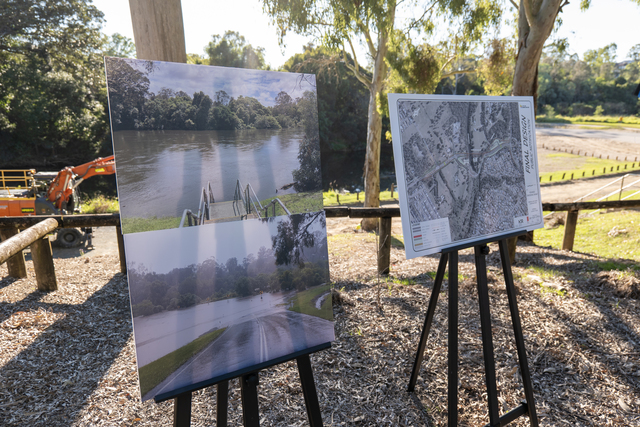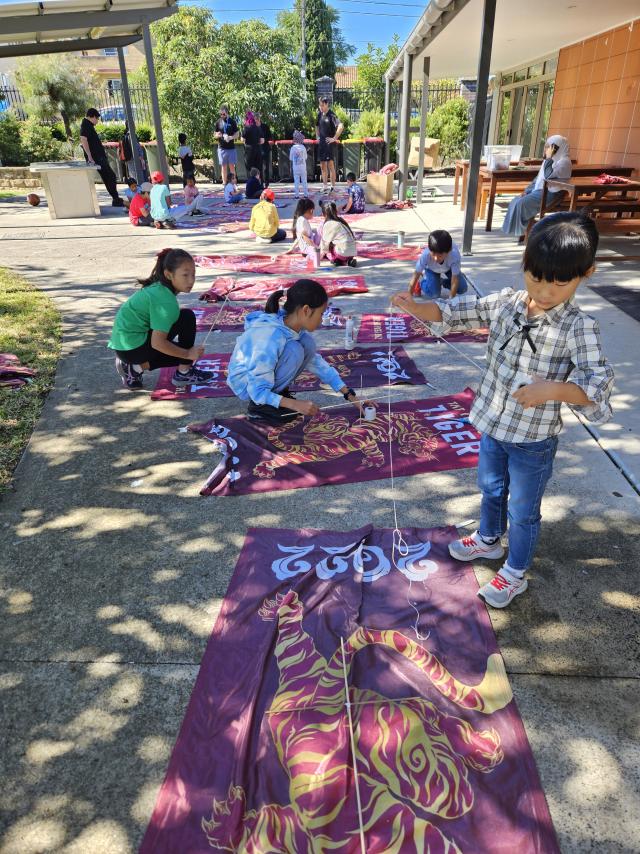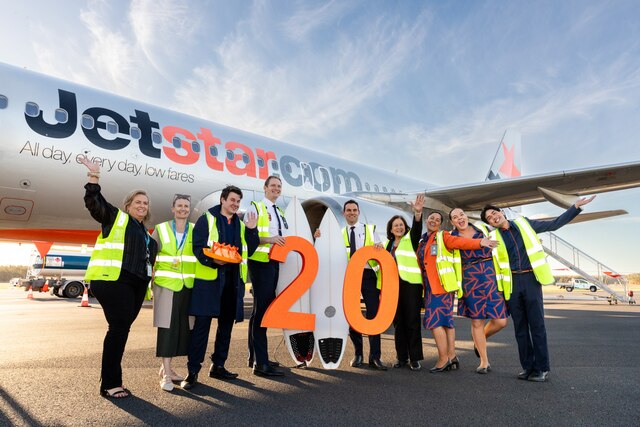Australia’s regional capitals will soon be put under the microscope, after the Senate announced an Inquiry into the growth and economic potential of regional capitals.
Regional Capitals Australia (RCA), an alliance of 26 regional cities across Australia, has welcomed the Inquiry, which will be conducted by the Senate’s Rural and Regional Affairs and Transport References Committee.
RCA Board member and Dubbo City Council Mayor, Councillor Mathew Dickerson, said the Inquiry would make sure the value and contribution of cities like Dubbo is fully understood by politicians and policy makers alike.
“Our regional capitals are growing and growing fast, population growth in our capitals is outpacing the national average, and in just 10 years there will be an additional one million people living in regional capitals across the nation.”
The growth is also impacting regional economies, with regional capitals jointly generating $210 billion a year or more than 15 per cent of Australia’s economic activity every year.
With a labour force of approximately two million people, this number is set to grow by almost 500,000 in the next 15 years.
“This Inquiry marks an unprecedented level of endorsement in our capitals by the Federal Government, and is a promising milestone to building regional capitals that are a key part of the next generation of wealth and opportunity in Australia.
RCA defines a regional capital as a regional city located outside a state metropolitan urban growth boundary, which provides a ‘capital city’ function for its local residents, surrounding towns and rural areas.
Regional capitals cover 50 Local Government Areas and are home to almost four million people.
Despite their contribution to Australia, regional capitals are affected by various social and economic disadvantages, such as lower income, employment and education levels.
The Senate Inquiry will look at the future role and contribution of regional capitals, including demographic trends, benefits of additional funding to regional capitals, and investment challenges and opportunities to maintain or grow regional capitals in relation to infrastructure, community and human services, communications and natural resources.








